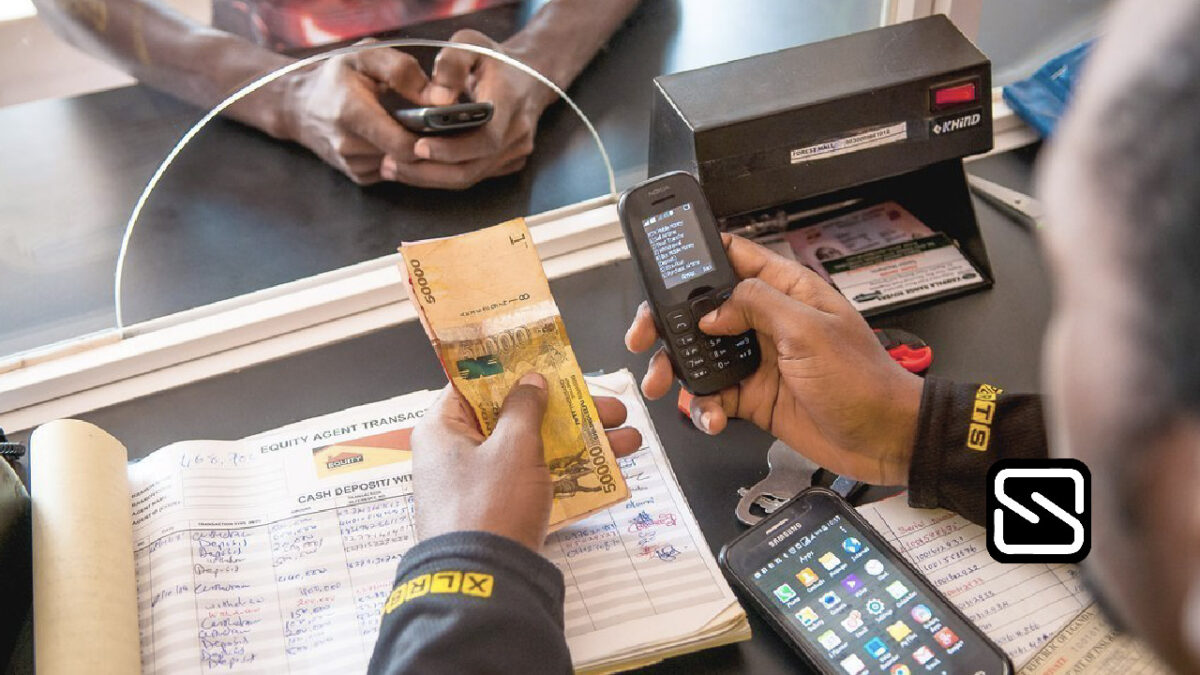In a population estimated at 45 million, a question looms whether Uganda’s 31 million registered mobile money users are the key to financial inclusion in the digital economy.
The digital economy contributes 7% to Uganda’s GDP. By comparison, Kenya, which serves as the East African region’s pacesetter in terms of financial inclusion and technology, has a 9.2% digital economy contribution while others surveyed countries like Rwanda and South Africa both stand at 3%. According to the International Monetary Fund, this is a positive growth indicator made possible by mobile phone penetration.
Banking on the 49% mobile penetration in Uganda, mobile money is seen as a key driver for inclusion, especially at a time when most of the other digital technologies that rely on smartphones are being held back by the 16% smartphone adoption.
In 2020, mobile money transactions reached volumes of approximately UGX. 93.7 trillion, a figure that has grown substantially from the UGX. 133 billion that was transacted in its initiation year of 2009. This growth has been made possible by the forward linkages with other service providers such as SafeBoda, Jumia and utility payment options.
Mobile money indeed provides access to financial services for a significant share of microentrepreneurs with 80% of small and mid-sized enterprises recorded as having a mobile money account linked to their business.
Despite the seemingly large transaction volume and increased uptake by businesses, there is a gap between registered users and active accounts that raises a major concern around the adoption and actual usage of the service. Of the 31 million registered users, only 21 million of these are active users.
This could lead to a similar situation as seen with bank accounts in Uganda where according to the Deposits Protection Fund, 93% of the 14 million account holders do not have more than UGX. 1 million (less than 300 dollars).
In a country where 41% of the population earns less than UGX. 5000 ( $1.49) a day, it is no surprise that issues around transaction fees and taxes associated with financial services are a major concern.
Digital Financial Service providers are thus working together with the Government of Uganda to find the best ways to limit financial exclusion according to the nation’s Financial Inclusion Strategy.
With an overall objective to reduce financial exclusion to 5% by the end of 2022, the Uganda National Financial Inclusion Strategy (NFIS) provides a roadmap of actions and agreed-upon steps by the public and private sectors to achieve a set of defined financial inclusion objectives.
Since its launch in October 2017, this strategy has allowed Uganda to launch agency and digital banking in 2018, and formulate regulations such as the Data Protection Act in 2019 and the National Payment Systems Act, 2020 all for the benefit and safety of Ugandans.
Following the issuance of the first Fintech Licenses in 2021, the doors were opened for more players in the Digital payments, lending and remittance spaces. Many of these services are currently closely tied to mobile money which provides an acceptable middle ground between those left behind by banks and those who have not yet caught up with cryptocurrencies.
